Hydrangeas are a popular flowering plant that can add elegance and beauty to any garden. They come in a variety of colors and are known for their large, showy blooms.
However, choosing the right companion plants for hydrangeas can be a challenge. Not all plants thrive in the same conditions as hydrangeas, and some can even inhibit their growth.
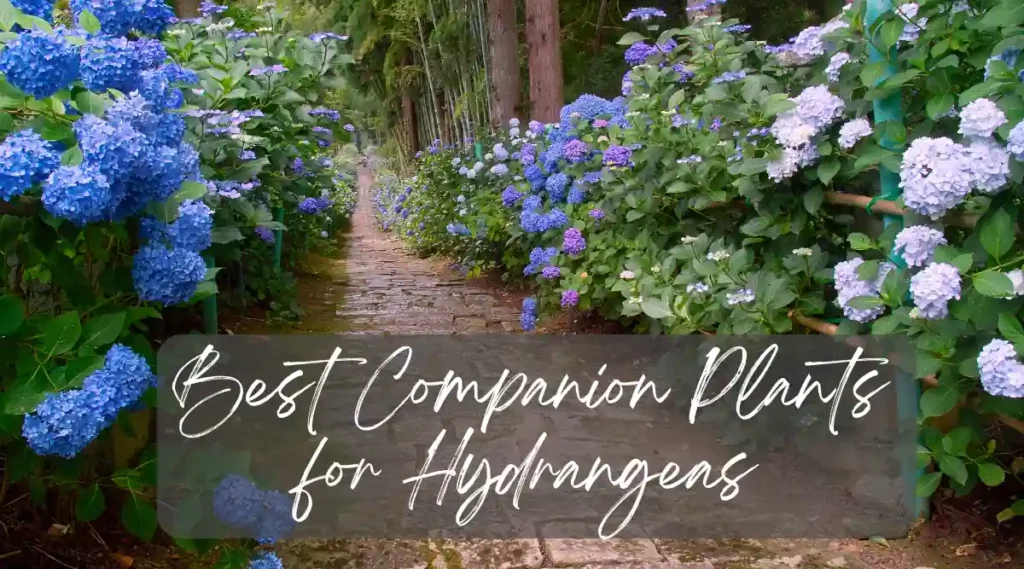
The best Companion Plants for Hydrangeas are:
In this article, we will explore these 11 best companion plants for hydrangeas.
These plants not only complement the beauty of hydrangeas but also thrive in similar growing conditions. We will also discuss what not to plant with hydrangeas to avoid any negative effects on their growth.
Whether you are a seasoned gardener or a beginner, this guide will help you create a stunning garden that showcases the beauty of hydrangeas and their companion plants.
Why Companion Plants are Important for Hydrangeas
Companion planting is a gardening technique that involves growing different plants together to improve their growth, health, and yields. Hydrangeas are no exception, and they can benefit greatly from the presence of companion plants.
Companion plants help hydrangeas in several ways:
- They can provide shade and shelter for the hydrangeas, which can be especially beneficial during hot summer months or in areas with intense sunlight.
- The companion plants can help to improve the soil quality around the hydrangeas by adding nutrients, improving drainage, and suppressing weeds. This can lead to healthier and more vigorous hydrangeas.
- Additionally, companion plants can help to attract beneficial insects such as pollinators and predators of common hydrangea pests. For example, planting herbs like lavender or thyme near your hydrangeas can attract bees and other pollinators, while planting marigolds or nasturtiums can attract ladybugs and lacewings, which can help to control aphids and other pests.
- When choosing companion plants for hydrangeas, it is important to consider their specific needs and preferences. For example, hydrangeas prefer slightly acidic soil, so it is best to choose plants that also thrive in acidic soil.
- It is also important to choose plants that have similar water and light requirements to your hydrangeas.
Factors to Consider When Choosing Companion Plants
When choosing companion plants for your hydrangeas, it’s important to consider a few factors to ensure that your garden looks beautiful and thrives. Here are some things to keep in mind:
1. Soil Type and pH
Hydrangeas prefer acidic soil with a pH between 5.2 and 6.2. When choosing companion plants, it’s important to select those that also thrive in acidic soil. Some good options include:
- Azaleas (Rhododendron)
- Camellias
- Ferns
2. Sunlight Requirements
Hydrangeas prefer partial shade, so it’s important to choose companion plants that have similar sunlight requirements. Some good options include:
- Hostas
- Bleeding hearts (Dicentra)
- Astilbe
3. Height and Spread
When choosing companion plants, it’s important to consider their height and spread. You don’t want them to overshadow or overcrowd your hydrangeas. Some good options include:
- Heuchera
- Japanese painted fern (Athyrium niponicum)
- Spirea
4. Blooming Time
It’s important to choose companion plants that bloom at different times than your hydrangeas to ensure that your garden looks beautiful throughout the growing season. Some good options include:
- Daylilies (Hemerocallis)
- Salvia
- Coreopsis
By considering these factors when choosing companion plants for your hydrangeas, you can create a beautiful and thriving garden that will be the envy of your neighborhood.
The 11 Best Companion Plants for Hydrangeas
1. Hostas
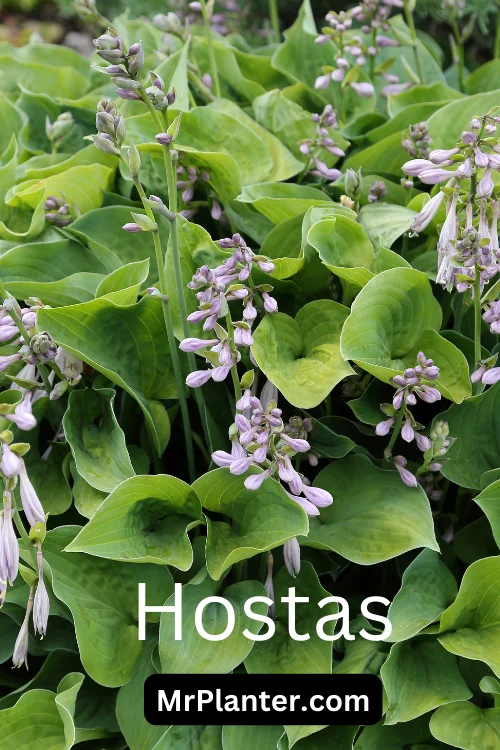
Hostas are a great companion plant for hydrangeas. They come in a variety of sizes and colors, making it easy to find one that complements your hydrangeas.
Hostas prefer shade, so they will thrive under the canopy of your hydrangeas. They also have a similar watering requirement, making it easy to maintain both plants at the same time.
2. Astilbes
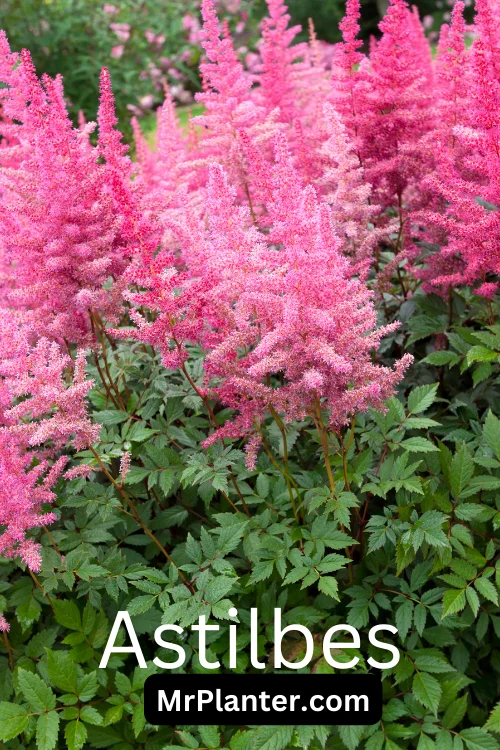
Astilbes are another great companion plant for hydrangeas. They have beautiful, feathery plumes of flowers that bloom in shades of pink, red, and white.
Astilbes also prefer shade, making them a perfect match for hydrangeas. They require consistent moisture, so be sure to water them regularly.
3. Bleeding Hearts
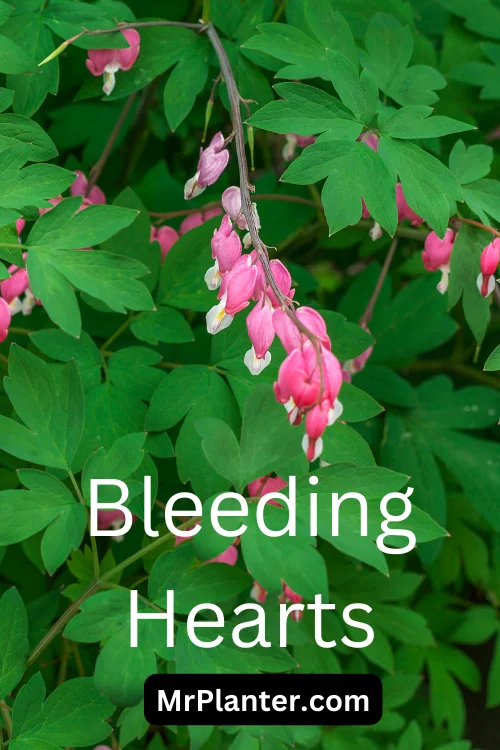
Bleeding Hearts are a beautiful addition to any garden, and they make a great companion plant for hydrangeas. They have heart-shaped flowers that bloom in shades of pink and white.
Bleeding Hearts prefer partial shade, making them a great match for hydrangeas. They also require consistent moisture, so be sure to water them regularly.
4. Ferns
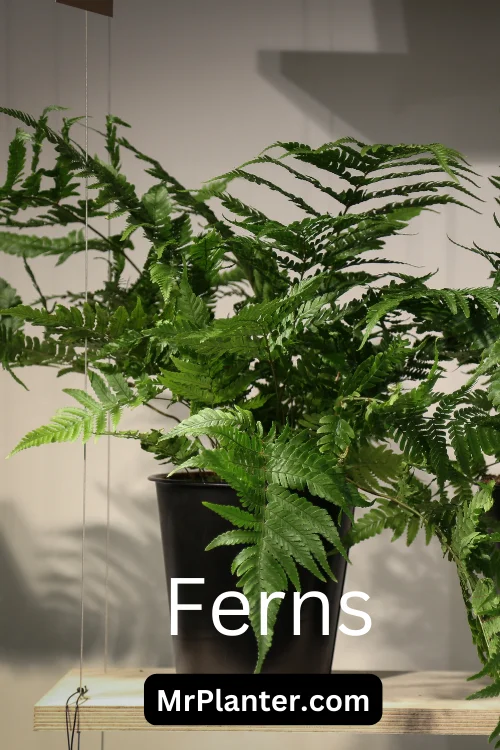
Ferns are a classic companion plant for hydrangeas. They have beautiful, delicate fronds that add texture and interest to any garden.
Ferns prefer shade, making them a great match for hydrangeas. They also require consistent moisture, so be sure to water them regularly.
5. Japanese Maples
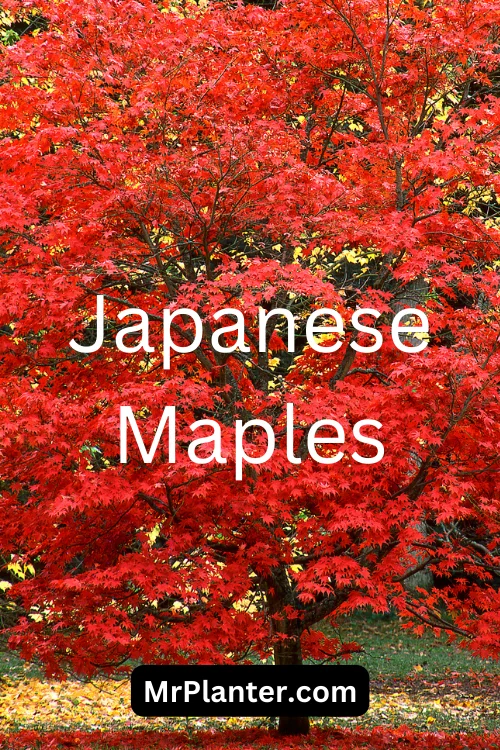
Japanese Maples are a stunning addition to any garden, and they make a great companion plant for hydrangeas.
They have beautiful, colorful foliage that complements the blooms of hydrangeas. Japanese Maples prefer partial shade, making them a great match for hydrangeas. They also require consistent moisture, so be sure to water them regularly.
6. Coral Bells
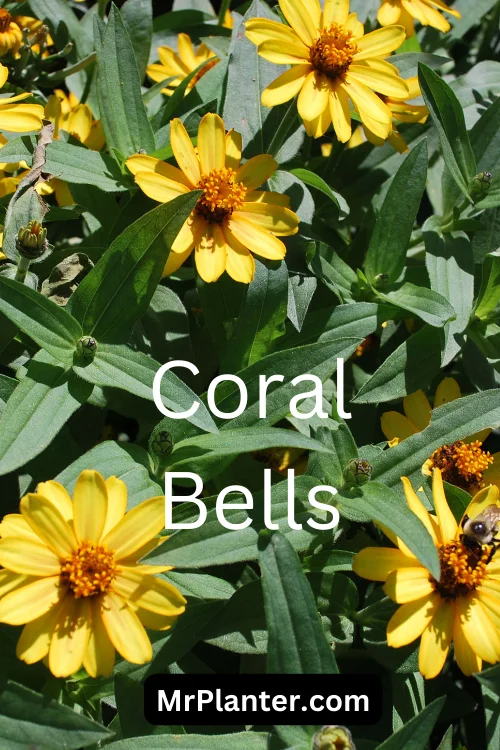
Coral Bells are a beautiful companion plant for hydrangeas. They have colorful foliage that comes in shades of green, purple, and red.
Coral Bells prefer partial shade, making them a great match for hydrangeas. They also require consistent moisture, so be sure to water them regularly.
7. Rhododendrons and Azaleas
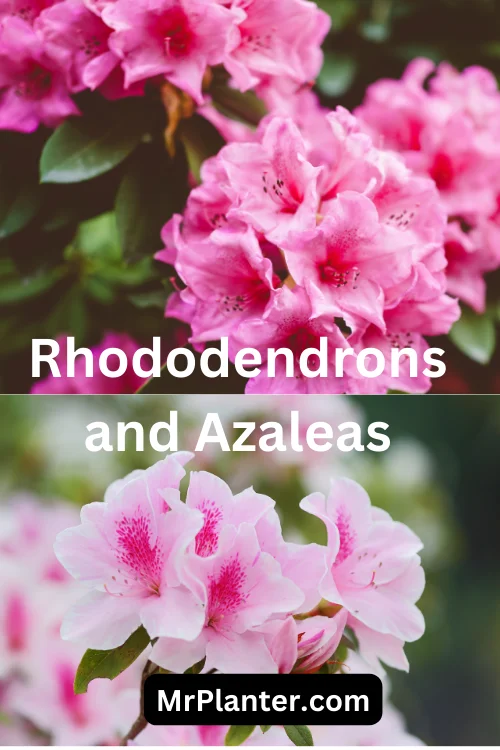
Rhododendrons and Azaleas are some of the best plants to grow next to hydrangeas. They like the same things – a bit of shade and a good organic mulch.
These plants match blue hydrangea’s preference for slightly acidic soil too.
8. Camellias
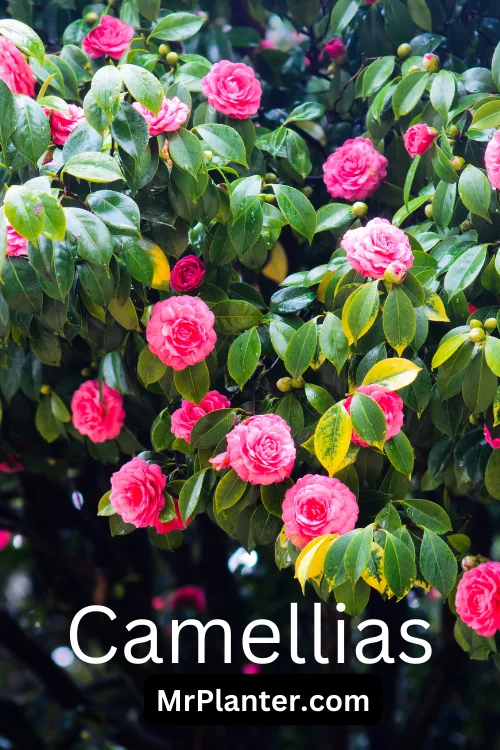
Camellias are a beautiful companion plant for hydrangeas. They have beautiful, showy flowers that bloom in shades of pink, red, and white.
Camellias prefer partial shade, making them a great match for hydrangeas. They also require consistent moisture, so be sure to water them regularly.
9. Heucheras
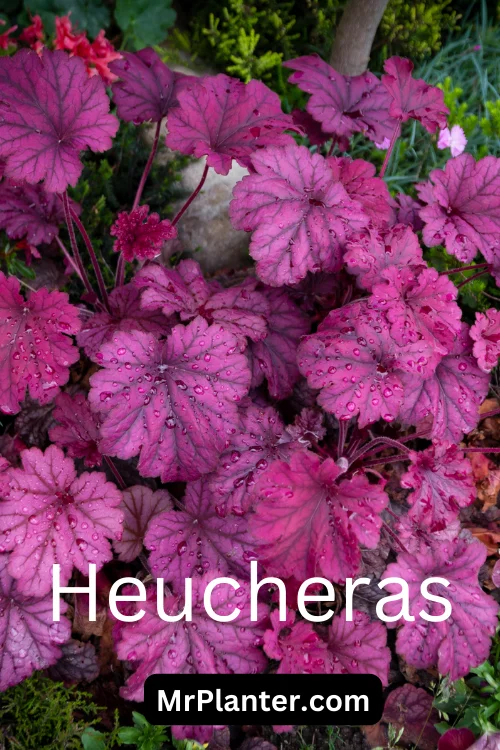
Heucheras are a great companion plant for hydrangeas. They have colorful foliage that comes in shades of green, purple, and red.
Heucheras prefer partial shade, making them a great match for hydrangeas. They also require consistent moisture, so be sure to water them regularly.
10. Boxwoods
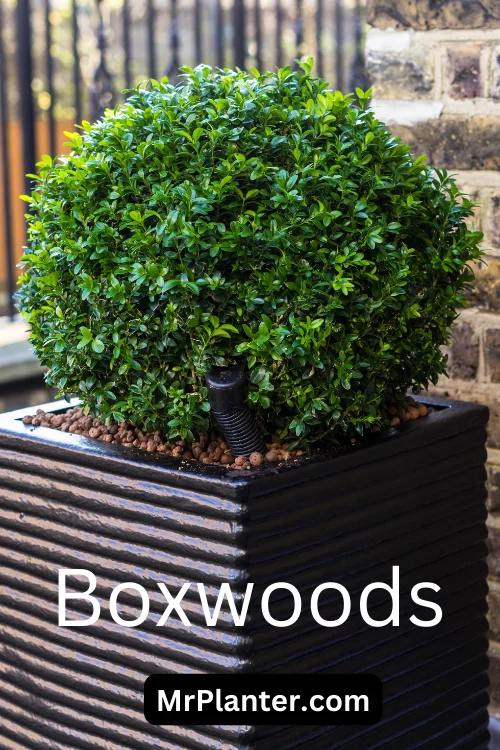
Boxwoods are a classic companion plant for hydrangeas. They have a formal look that contrasts nicely with the wilder look of hydrangeas.
You can clip boxwood into a symmetrical, rounded shape that complements hydrangeas in formal gardens.
11. Holly
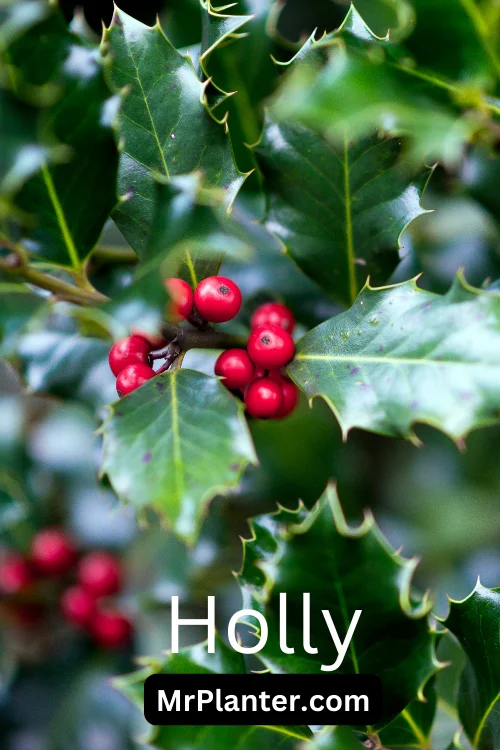
Holly is a great companion plant for hydrangeas. They have beautiful, glossy foliage that adds texture and interest to any garden.
Holly prefers partial shade, making it a great match for hydrangeas. They also require consistent moisture, so be sure to water them regularly.
Conclusion
Choosing the right companion plants for your hydrangeas can be a fun and rewarding experience. By selecting plants that complement the colors and textures of your hydrangeas, you can create a stunning garden that is both beautiful and functional.
Some of the best companion plants for hydrangeas include boxwoods, azaleas, hostas, coleus, nandina, dwarf Japanese maple, and impatiens. These plants not only enhance the beauty of your hydrangeas but also provide additional benefits such as attracting pollinators and repelling pests.
When selecting companion plants for your hydrangeas, it is important to consider factors such as soil type, sun exposure, and water requirements. By choosing plants that thrive in similar growing conditions, you can create a harmonious garden that is easy to maintain.
Overall, adding companion plants to your hydrangea garden can elevate its beauty and create a more dynamic and interesting landscape. With a little bit of planning and creativity, you can create a garden that is both beautiful and functional, and enjoy the benefits of a thriving outdoor space for years to come.

